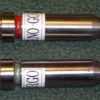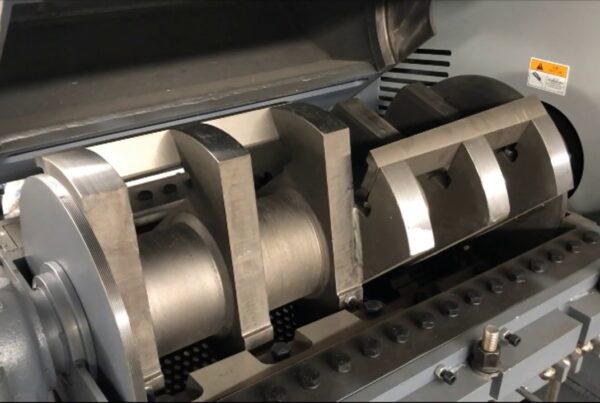Precision is not only a goal, but a necessity in the complex world of manufacturing. Precision tools are becoming increasingly important as industries strive to produce high-quality products. Amongst these tools, the Go/No-Go Gauges stand out as unsung heros in maintaining accuracy and consistent throughout the production process.
Understanding Go/No-Go Gauges
The Go/No-Go gauges, also known as precision instruments, are used to check the conformance of manufactured parts to their specified tolerances. These gauges ensure that every component is manufactured to the correct dimensions and performs as intended. These gauges consist of two ends, one marked “Go”, and the other “No Go”, which allow for an immediate and definitive assessment of compliance.
Precision Manufacturing: Its Importance
Precision is essential to the manufacturing process. It is not only about achieving perfection, but also reliability and safety. A deviation from tolerances specified can result in defective products, higher rework costs and, most importantly, compromised safety standards. Here, Go/No-Go Gauges play a crucial role.
What is the Role of Go/No-Go Gauges in Quality Control?
In industrial settings, quality control is of paramount importance. Go/No-Go Gauges are a key component in this effort. These gauges allow operators to quickly and accurately determine whether a component meets specifications. The “Go-Go” end verifies that the part falls within acceptable tolerances, whereas the “No Go” end verifies any deviations outside of the specified tolerances. This binary assessment streamlines the quality assurance process and minimizes the possibility of defective components.
Reduce Variability with Go/No-Go Gauges and Increase Efficiency
In an age where efficiency is the key to success, Go/NoGo gauges are a great tool for reducing variability and increasing operational efficiency. These gauges reduce the amount of time and effort needed for inspection by quickly categorizing components into acceptable or inacceptable. The production process is accelerated, and manufacturers can maintain high production volumes without compromising quality.
The Go/No-Go Gauge Advantage in Production Setup
Time is critical during the production run setup. The Go/No-Go gauge are a great tool for this phase, as they allow operators to verify machine calibration and setup quickly. The “Go’ end confirms the correct configuration of the machinery, whereas the “No-Go’ end alerts the operator to any potential setup issues. This preventive approach ensures the production line begins with precision.
The gauges are also invaluable for maintaining consistency in production batches. These gauges can be used to ensure that manufacturers adhere to the specified tolerances and reduce the chances of defects. This proactive approach ensures not only the integrity of production but also that costly rework is avoided and the end product consistently meets or exceeds quality standards.
Conclusion:
Go/No-Go Gauges are indispensable in the dynamic world of industrial manufacturing where precision is a key factor for success. The ability of these gauges to quickly assess if a component is within specified tolerances streamlines quality control and enhances production efficiency. The importance of these gauges to maintain product quality, reduce variability and ensure safety is not something that can be understated as industries continue their evolution. As industries strive for excellence, Go/NoGo gauges serve as silent sentinels that protect the integrity of each manufactured part, and contribute to the success of all industrial endeavors.








